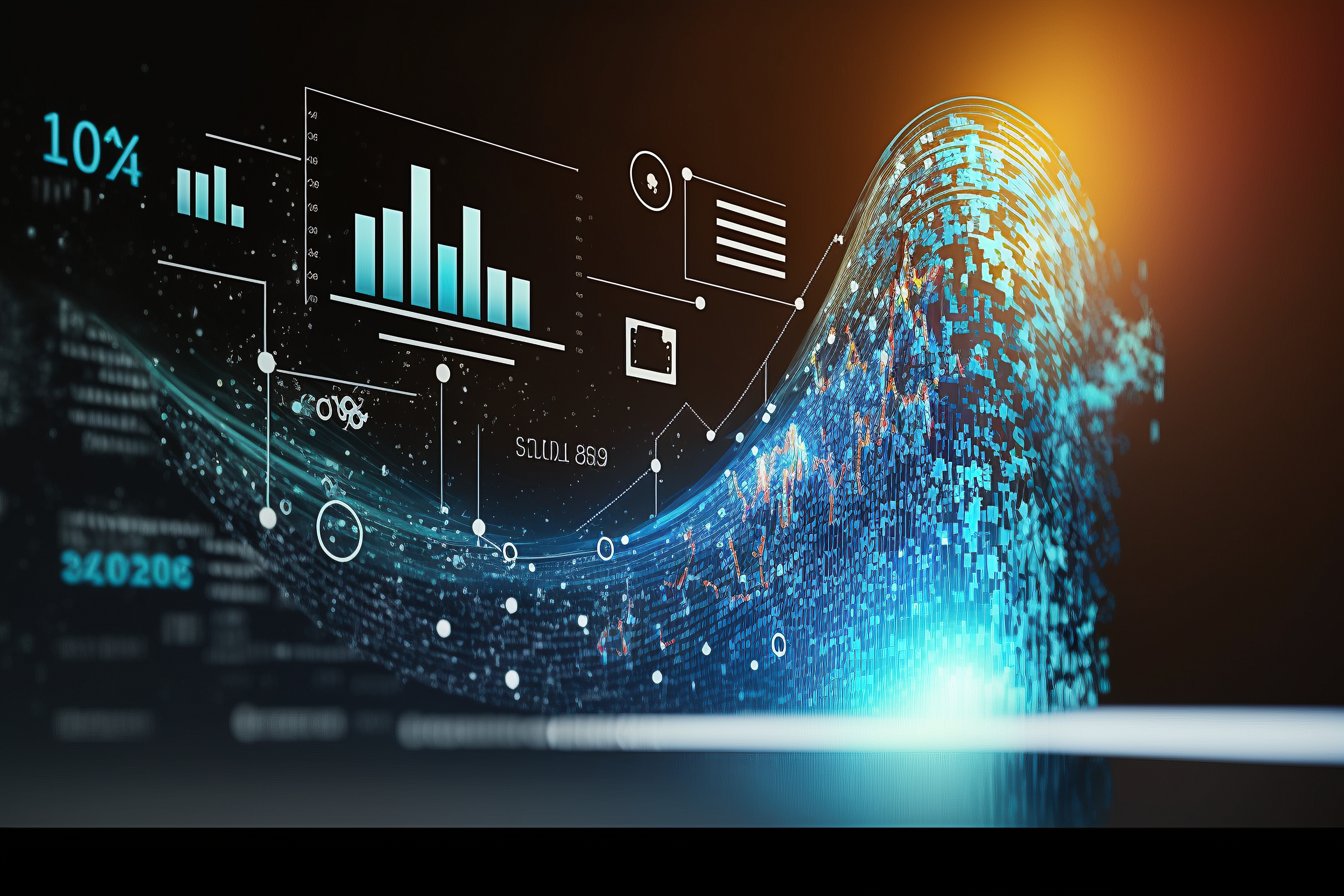Over the last five years, B2B tech buyers’ preference for digital engagement across their journey has risen substantially. GenAI is a driving force behind this shift in buyer behavior – and marketers must capitalize on it before it’s too late.
In 2024, 74% of B2B tech buyers have said they’re going to engage more with e-commerce and work less with salespeople, an increase from 56% in 2020.
IDC has learned that 50% of mid-market tech marketers are either in a “wait and see” mode, or in an AI experimentation phase. But the C-suite says that the number 1 external factor that will drive marketing expectations in the next year is technological advancements, specifically Gen AI. It is critical for mid-market tech CMOs to identify the most effective strategy and tactics to engage with their customers for 2025 – and meet C-suite expectations.
IDC’s webinar “Marketing’s Imperative in the Dawn of the Experience Era” by Laurie Buczek, GVP, Executive Insights and Leadership Services talks through how marketers must react to a shift in buyer behavior, C-Suite expectations and their changing own roles.
Here are 3 burning questions answered in the webinar.
How important is it to keep experiences ‘human-like’ while using AI tools, and how do you recommend marketers do that? Should humans be worried about their jobs? Or will humans still be needed to manage the AI tools?
Keeping experiences “human-like” while using AI tools is crucial, especially in B2B tech marketing, because buyers want to feel seen, heard, and understood. Historically, early chatbots lacked human-like responsiveness—leaving users frustrated with clunky, impersonal interactions. Today’s buyers expect personalized, frictionless, data-backed journeys.
Marketers must focus on creating digital experiences that feel human, especially across self-service channels where buyers want to quickly find information and move forward in their journey without hurdles.
89% of buyers in IT roles agree they will use more AI guided assistants to act as their intermediary before they reach out to a salesperson.
Humans shouldn’t worry about being replaced by AI but instead should focus on evolving alongside it. Buyers still value human connection, particularly when it comes to building trust and relationships. While digital experiences are increasingly replacing tasks once handled by humans, the human role isn’t disappearing—it’s being redistributed. AI can take over repetitive, time-consuming tasks like data entry, reporting, and responding to basic inquiries. This gives marketers the freedom to focus on strategic, creative, and relationship-building work—areas where human insight remains irreplaceable.
Marketers must learn to manage AI tools and to guide their use strategically. As AI continues to be integrated across the buying journey, marketers must lead the design of seamless, omnichannel experiences that combine digital tools, chatbots, interactive content, and in-person engagement. It’s not about choosing between human or AI—it’s about harmonizing them. Trust is still built through human interaction, but buyers are increasingly comfortable engaging through digital channels, even for complex or high-value decisions. AI isn’t replacing humans; it’s reshaping how and where we show up—and marketers who embrace this shift will lead the way.
C-suite expectations seem to be high when it comes to AI, automation and Martech. What’s the one thing a CMO should focus on first to capitalize on the AI potential?
A CMO must commit to becoming the “conductor of the orchestrated journey”. With AI and automation becoming central to C-suite expectations, the one thing a CMO should focus on first is building a strong, connected foundation of customer data and analytics. This enables everything else—predictive models, intelligent content delivery, and autonomous marketing. By becoming the “conductor of the orchestrated journey,” CMOs can use this data to deliver the right message, at the right time, through the right channel.
This focus empowers marketing teams to drive not only customer acquisition and engagement but also to fulfill their expanding role as stewards of the full digital customer experience. Without this strong data infrastructure, AI capabilities can’t reach their full potential, and marketing will struggle to meet evolving executive expectations.
Additionally, CMOs should prioritize modernizing the Martech stack to activate AI effectively and align with C-suite priorities. The expectation isn’t just about implementing tools—it’s about marketing leading digital business transformation, improving customer intelligence, and governing the responsible use of AI. As AI becomes deeply embedded in how buyers engage and how marketers operate, CMOs are now central to ensuring both innovation and trust. The executive team is looking to marketing not just for growth but for leadership in navigating this new AI-driven era. So, by focusing first on data readiness and Martech modernization, CMOs can unlock AI’s full potential and position marketing as a strategic driver of business transformation.
How do you see product-led growth as a key to success for B2B companies?
There are debates about what works better, product-led growth (PLG) or brand-led growth but the core message is no matter what way you want to grow, make sure that your growth is centered around the customer. The leaders that succeed are the ones that prioritize a customer-centered approach, ensuring that their product delivers immediate value and drives adoption naturally. When businesses rally around the customer’s needs, they create a more seamless and engaging experience that fosters organic growth, reduces friction in the buying process, and ultimately leads to better results.
Companies that fail to align strategies around the customer often experience internal conflicts that can hinder progress, create inefficiencies, slow decision-making, and, in extreme cases, contribute to a company’s downfall. The key to success is embracing a collaborative, customer-first mindset across the organization that is informed by AI-enabled market and customer insights. When product, sales, and marketing work together under a unified vision, they create a growth engine that’s fueled by customer satisfaction and advocacy. In this way, no matter the growth strategy, the culture shift enables sustainable, long-term success for B2B companies.
The Marketing Imperative
The next era of marketing is here. AI is opening a new world for marketers to drive innovation, differentiate their messaging and accelerate growth. The beauty of AI is it allows marketers to shift mundane tasks to AI while unleashing their own creativity. Think about ways that you can use AI to do things differently from a marketing standpoint. Marketers that are leading the charge into the AI-fueled experience era are already seeing great results. For more insights on how to prepare for the next era of marketing, watch IDC’s webinar, “Marketing’s Imperative in the Dawn of the Experience Era”.




